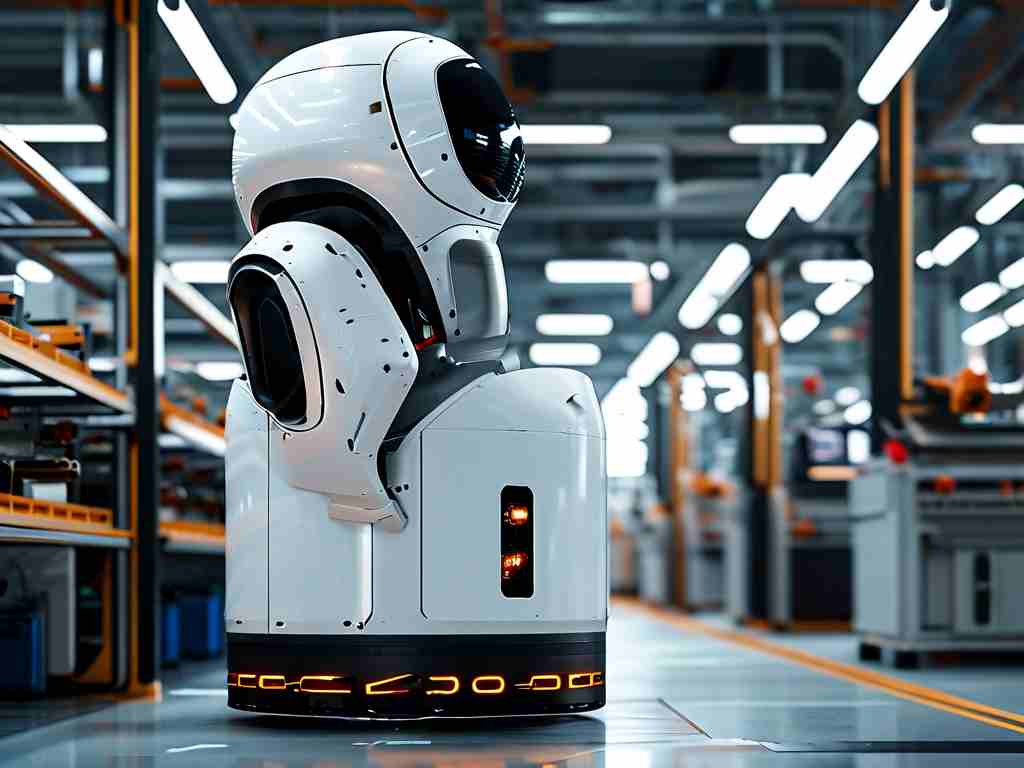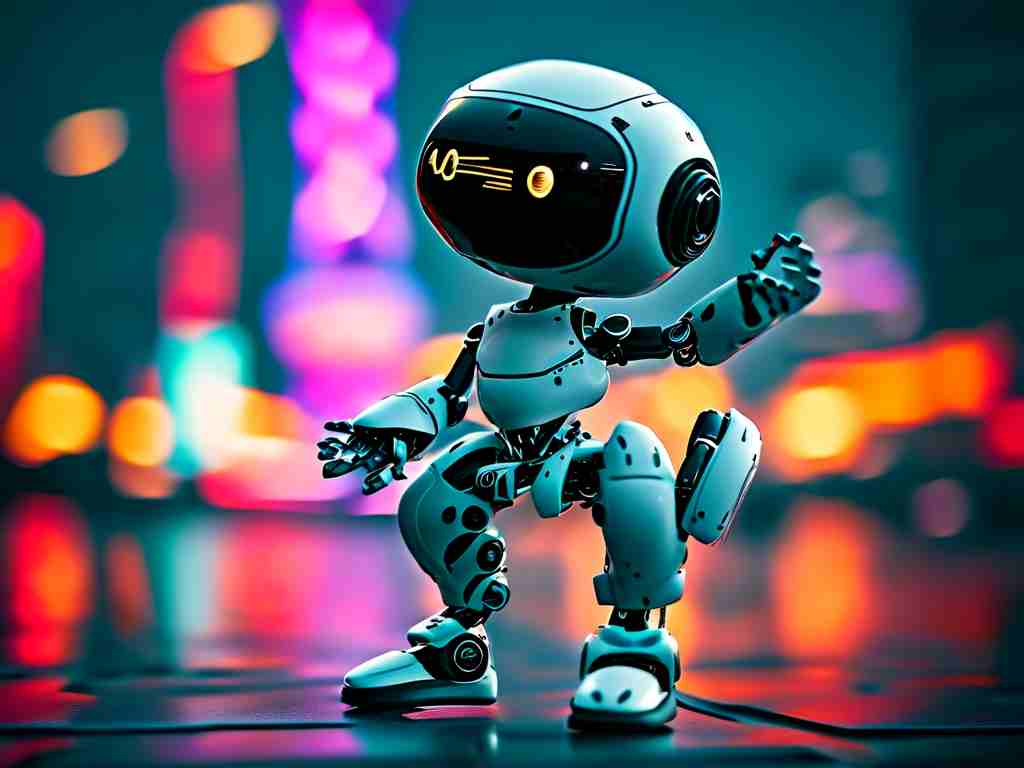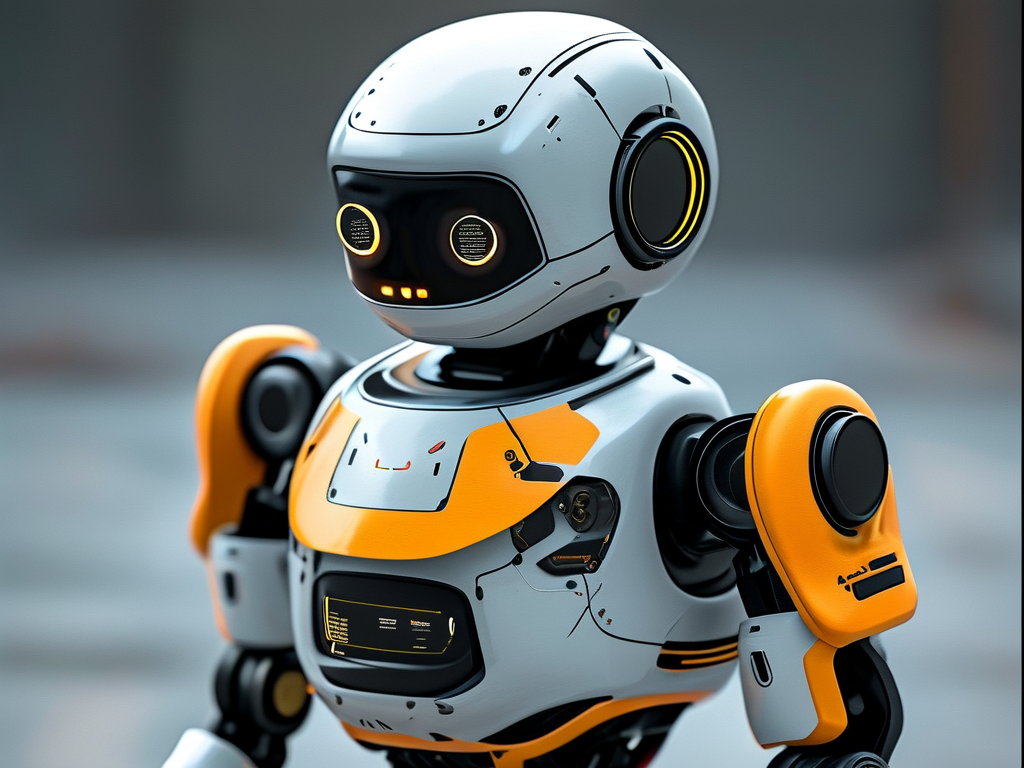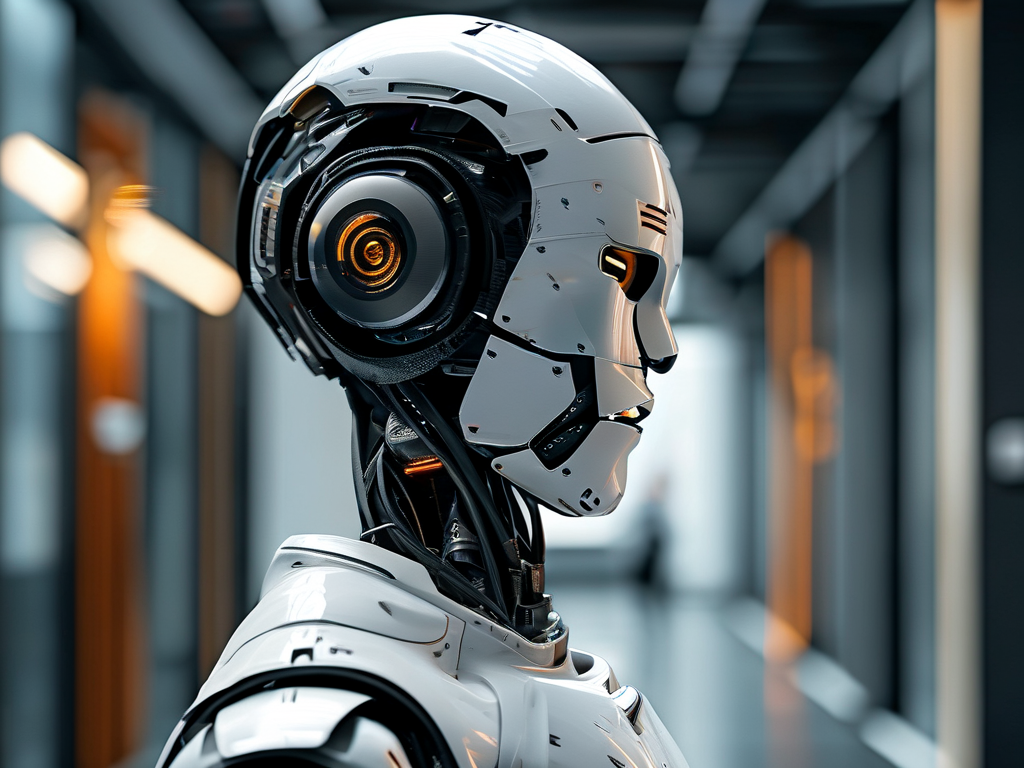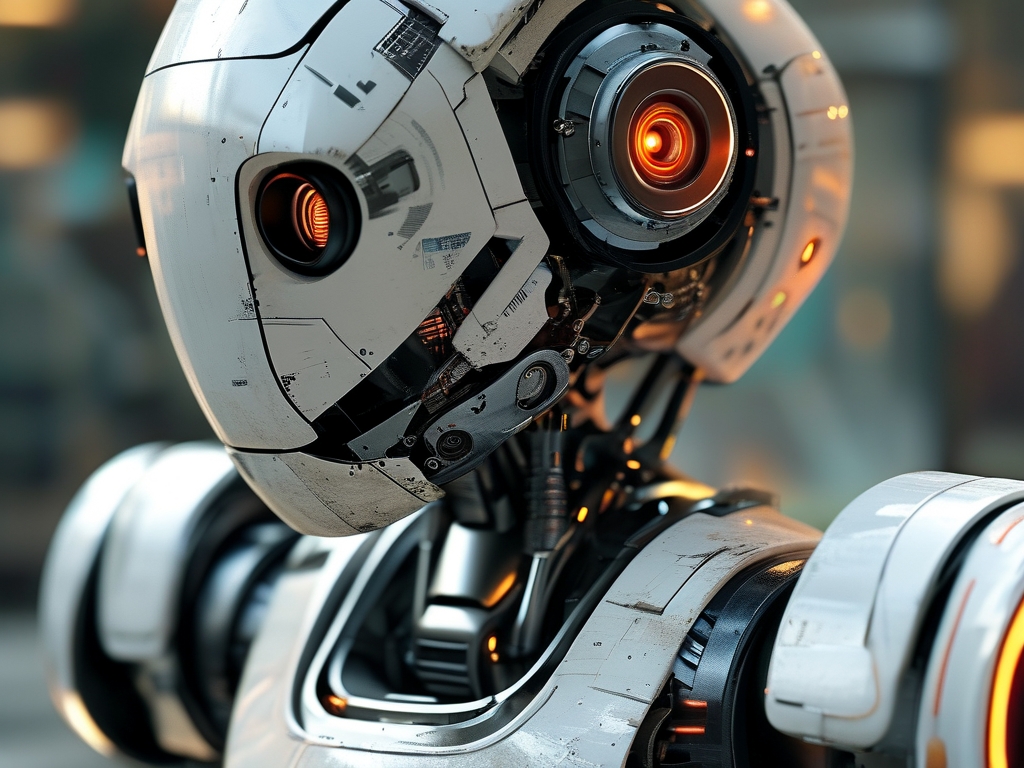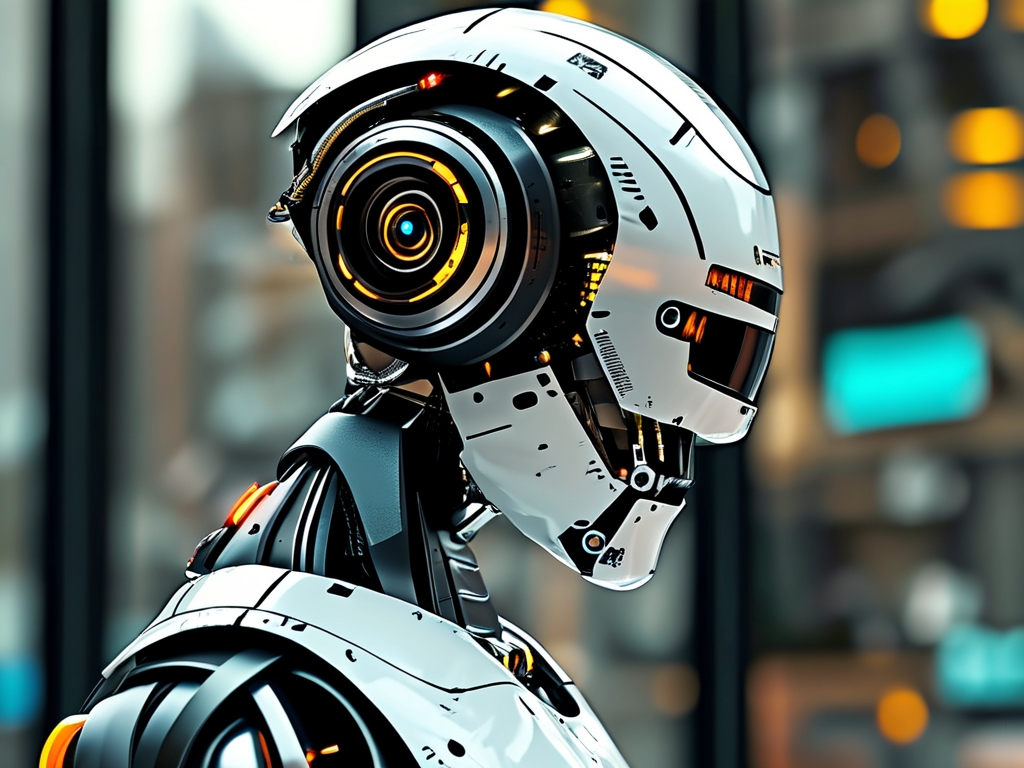Hardware robotics technology represents the physical foundation of robotic systems, combining mechanical engineering, electronics, and computational logic to create machines capable of performing tasks autonomously or semi-autonomously. Unlike software-driven solutions, hardware robotics focuses on tangible components such as sensors, actuators, motors, and structural frameworks. This field has evolved rapidly over the past decade, driven by advancements in materials science, microprocessors, and energy storage technologies.
At its essence, hardware robotics involves designing and constructing devices that interact with the physical world. A critical component is the sensor array, which enables robots to perceive their environment. For instance, infrared sensors detect proximity, while gyroscopes maintain balance in humanoid robots. Actuators, such as servo motors, convert electrical signals into mechanical motion, allowing robots to grasp objects or navigate terrain. These elements are integrated through embedded systems, where microcontrollers execute pre-programmed algorithms to coordinate actions.
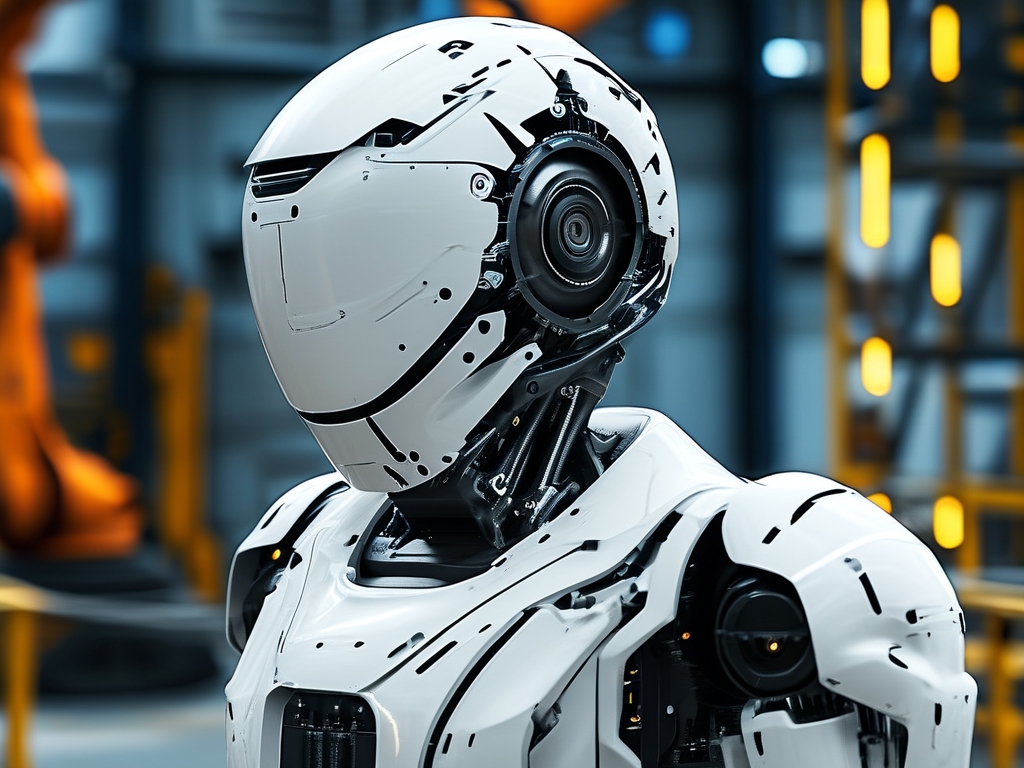
One groundbreaking application of hardware robotics is in industrial automation. Assembly lines now deploy robotic arms equipped with precision grippers and vision systems to handle delicate tasks like circuit board manufacturing. These machines reduce human error and operate continuously, boosting productivity. Similarly, autonomous mobile robots (AMRs) in warehouses use LiDAR and SLAM (Simultaneous Localization and Mapping) technologies to transport goods without human intervention. Such innovations highlight how hardware advancements directly translate to real-world efficiency.
Medical robotics offers another compelling example. Surgical robots like the da Vinci system rely on high-precision hardware to perform minimally invasive procedures. Force-sensitive instruments and 3D visualization tools allow surgeons to operate with sub-millimeter accuracy. On the rehabilitation front, exoskeletons incorporate lightweight actuators and pressure sensors to assist patients with mobility impairments. These systems demonstrate how hardware robotics bridges engineering and healthcare, creating solutions that enhance human capabilities.
The development of consumer-oriented robots further illustrates the versatility of hardware robotics. Vacuum-cleaning robots, such as those using adaptive navigation algorithms, combine bumper sensors, brush motors, and dust collection mechanisms. Smart home assistants, while primarily software-driven, depend on microphone arrays and speaker hardware to function. Even educational kits for students, like programmable robot cars, emphasize hands-on learning about circuitry and mechanical design.
However, hardware robotics faces significant challenges. Power consumption remains a bottleneck, as high-performance actuators and processors demand efficient energy sources. Engineers are exploring solutions such as solid-state batteries and energy harvesting techniques. Durability is another concern, especially for robots deployed in harsh environments. For example, underwater exploration robots require corrosion-resistant materials and waterproof sealing, while space rovers must withstand extreme temperatures and radiation.
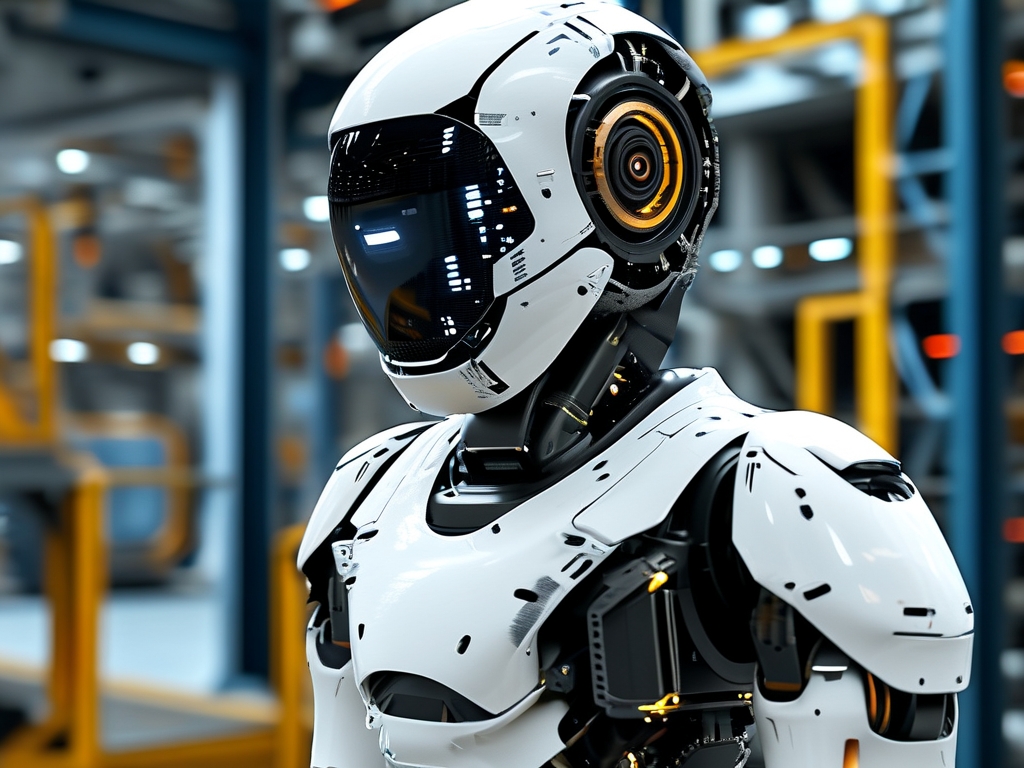
Material innovation plays a pivotal role in overcoming these obstacles. Carbon fiber composites reduce weight without sacrificing strength, and shape-memory alloys enable self-adjusting components. 3D printing has also revolutionized prototyping, allowing rapid iteration of complex parts like gear assemblies or custom sensor housings. These advancements lower production costs and accelerate time-to-market for new robotic systems.
Looking ahead, the convergence of hardware robotics with artificial intelligence (AI) promises transformative outcomes. Edge computing enables real-time data processing directly on robotic devices, reducing reliance on cloud connectivity. Quadruped robots like Boston Dynamics' Spot exemplify this synergy, using onboard cameras and AI-driven gait algorithms to traverse uneven terrain. Future developments may include self-healing circuits or biodegradable components for eco-friendly robotics.
Ethical considerations also emerge as hardware robots become more integrated into daily life. Security vulnerabilities in connected devices could lead to misuse, while job displacement in industries adopting automation sparks socioeconomic debates. Policymakers and engineers must collaborate to establish safety standards and ethical guidelines, ensuring that robotics technology serves humanity responsibly.
In education, universities are expanding curricula to cover mechatronics and embedded systems design. Hands-on labs teach students to assemble motor drivers, debug sensor networks, and optimize power distribution. Open-source platforms like Arduino and Raspberry Pi democratize access to robotics hardware, empowering hobbyists and startups to innovate without massive budgets.
Ultimately, hardware robotics technology is not just about building machines—it’s about creating extensions of human potential. From manufacturing floors to operating rooms, these systems redefine what’s possible. As research continues to push boundaries, the next generation of robots will likely blur the line between tool and teammate, ushering in an era where human-machine collaboration becomes seamless.


